Metro Detroit is turning a corner and gaining people, a trend that has locals buzzing. After decades of population loss and slow growth, new census data shows a modest but meaningful uptick in the region’s population, driven largely by thriving immigrant communities and new housing developments. In a tone of optimism and hometown pride, let’s dive into which Metro Detroit communities are growing the fastest, why it’s happening, and what it means for families and residents. This is the inside scoop from a lifelong Michigander’s perspective, offering friendly expert insights on where people are moving and why these areas are booming.
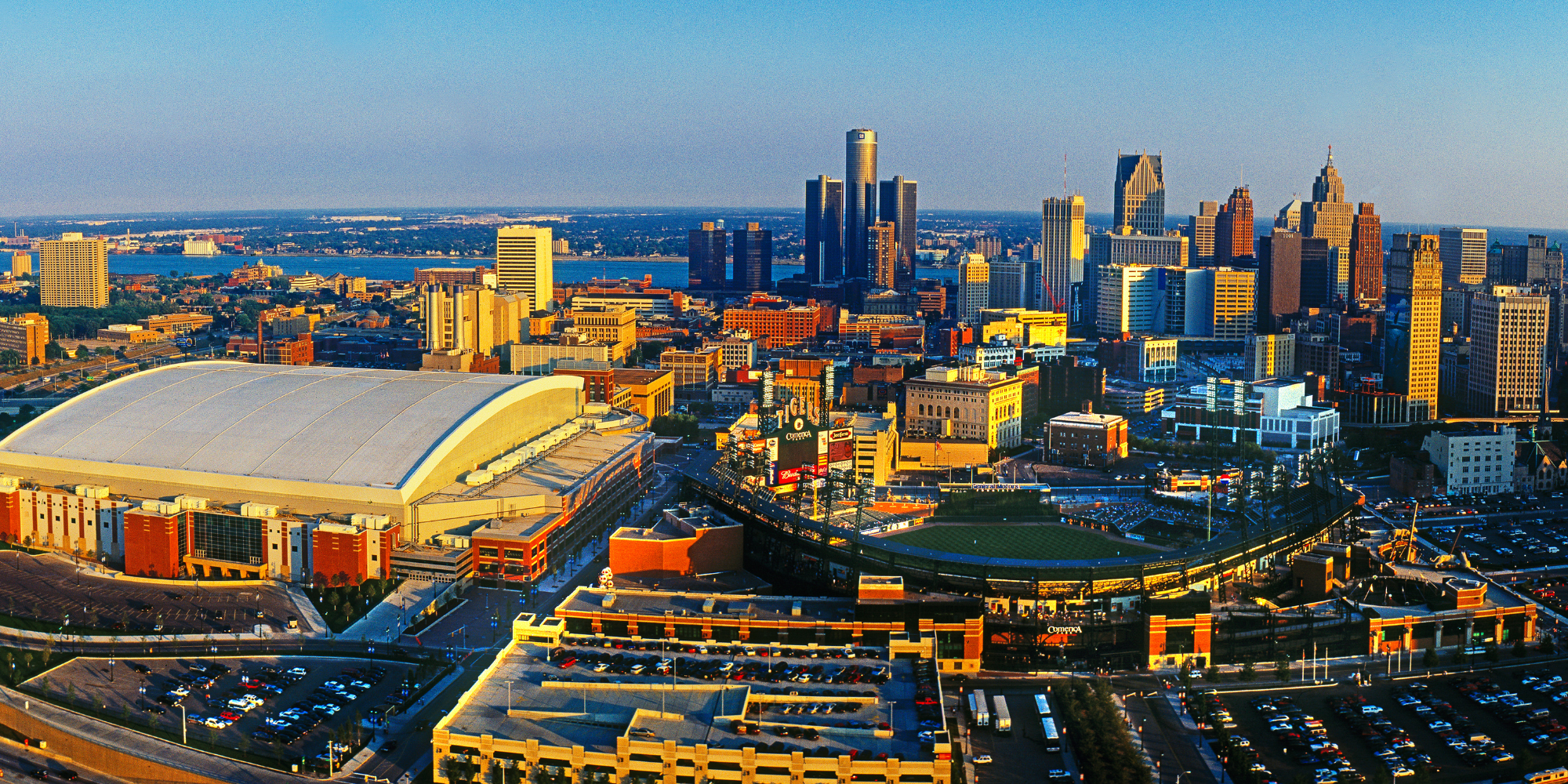
A Population Surge Fueled by Diversity and Immigration
Metro Detroit’s growth spurt is closely tied to its increasing diversity. According to the latest Census Bureau estimates, the Asian American population in Wayne, Oakland, and Macomb counties jumped by 8% in just one year (2023–2024), the fastest growth of any ethnic group. Hispanic communities are expanding quickly as well, with the number of Hispanic residents in Oakland and Macomb counties rising over 10% since 2020. In short, immigration and diverse new arrivals are breathing life into Michigan’s demographics.
To put the region’s diversity in perspective, consider the population breakdown across Metro Detroit’s core counties today. Out of every 100 metro Detroiters:
- 69 are White (non-Hispanic)
- 22 are Black or African American
- 6 are Asian
- 3 identify as two or more races
- Additionally, about 6% of residents are Hispanic or Latino (of any race)
These shifts represent a steady, ongoing diversification of Metro Detroit’s population. Immigrants and second-generation families are putting down roots in the area, from new Asian American enclaves to growing Latino communities in suburbs once predominantly white or African American. It’s a trend many locals welcome. State Rep. Ranjeev Puri, a Canton Township Democrat and the Michigan House’s first South Asian American leader, called the new demographic numbers “exciting news,” noting that the “rich diversity” of Michigan’s people is one of the state’s greatest strengths. All of this diversity “woven into Michigan makes it a much better place,” Puri said, reflecting a common sentiment that our cultural mosaic fuels community vibrancy.
Immigration: The Engine of Michigan’s Growth
It’s no exaggeration to say that immigration has been the engine of Michigan’s recent population growth. Earlier census data confirmed that Michigan’s population grew more in 2024 than it had in several decades, solely because more people moved here from abroad. In fact, despite natural population losses (Michigan still has more deaths than births each year) and some residents moving out of state, an influx of international migrants added a net +57,000 residents to Michigan in 2024. Wayne, Oakland, and Macomb counties alone gained over 30,000 people last year thanks to immigration, accounting for the bulk of the state’s uptick. Without these new Michiganders arriving to work, study, and raise families, the state would likely still be shrinking.
Why the jump now? Part of it is improved counting; the Census Bureau recently revamped how it counts migrants (including both legal immigrants and other residents often missed by surveys). Many of the “new” residents counted didn’t necessarily all arrive overnight; rather, better methods acknowledged thousands of foreign-born Metro Detroiters who were already here, contributing to the community. Nonetheless, there’s also a genuine uptick in newcomers choosing Metro Detroit. Families from Asia, Latin America, and the Middle East continue to arrive for jobs in engineering, health care, manufacturing, and more, or to join established ethnic communities in the region. Longtime residents can see the change: new ethnic restaurants and shops opening in suburbs, more languages heard in local parks and schools, and diverse cultural festivals becoming fixtures of the calendar.
Detroit’s Comeback: The Motor City Rebounds
No discussion of Metro Detroit growth is complete without Detroit itself, which is finally experiencing a population rebound. For the second year in a row, the City of Detroit’s population has grown rather than declined. From July 2023 to July 2024, Detroit added nearly 6,800 new residents, a 1.1% jump that actually outpaced the national growth rate. That surge brought the city’s headcount to approximately 645,700 people, meaning Detroit now has more people than it did at the start of the decade. This is a remarkable turnaround for a city that lost residents for 60+ years straight after the 1950s. Mayor Mike Duggan even noted Detroit’s growth tripled that of Grand Rapids (Michigan’s second-largest city) in 2024. In fact, Detroit’s gain was the largest numeric increase of any Michigan city last year, cementing its comeback status.
So, what’s driving Detroit’s growth? Local experts point to housing and revitalization. Developers have built new condos and apartments, especially in downtown and Midtown, while many formerly vacant houses in neighborhoods have been rehabilitated and occupied, welcoming new families. Drive through districts like Corktown, Brush Park, or the East Riverfront, and you’ll spot construction cranes and renovated homes, tangible signs of renewal. Longtime Detroiters are fixing up land bank houses, and thousands of new affordable housing units have come online citywide. These new housing opportunities are attracting young professionals, immigrants, and even some suburban returnees into the city. As one city spokesperson put it, “that’s where we are seeing the growth”.
Detroit’s modest uptick is fragile, and sustaining it will require continued investment and tackling challenges like high insurance rates and school improvements. But for now, the city is enjoying a symbolic victory. After “hitting bottom” in population and morale, Detroit is slowly bouncing back. Neighborhoods from Morningside on the east side to Marygrove on the northwest have stabilized or grown as people renovate homes and move in. The Motor City’s turnaround is giving hope to the whole region, signaling that Metro Detroit’s story is one of resilience and new beginnings.
.png)
Suburban Hotspots: Metro Detroit’s Fastest-Growing Communities
Beyond Detroit’s boundaries, a bigger population story is unfolding in the suburbs. Metro Detroit’s suburban counties as a whole saw a modest population increase of about 0.7% last year, but the growth is far from evenly spread. Some communities are booming, while others are barely holding steady. In general, the outer-ring suburbs – those farther from the Detroit city center, often with more open land for development – are the ones attracting the most new residents. Collectively, outer-ring suburbs gained nearly 20,000 people (about a 1% rise) in 2024, whereas many older inner-ring suburbs (the close-in cities like Warren, Dearborn, Southfield, etc.) grew much more slowly, around 0.3% combined. In other words, people are voting with their moving vans and largely choosing communities on the metropolitan fringe that offer new housing, space, and often newer amenities.
Let’s highlight a few of Metro Detroit’s hottest growth areas, the cities and townships that are leading the pack in attracting new residents:
- Canton Township (Wayne County): Canton has experienced a tremendous amount of growth over the past two decades and continues to expand. This large township (approaching 100,000 residents) has transformed into one of the most diverse places in Michigan. Census figures show Canton is now roughly 62% White, 20% Asian, 10% Black, and 4–5% Hispanic, a dramatic change from a generation ago. New subdivisions, shopping centers, and parks have made Canton a magnet for young families. State Rep. Ranjeev Puri, who represents much of Canton, has witnessed this change firsthand. As the son of immigrants himself, Puri takes pride in representing such a vibrant mix of communities, “My goal is to make sure that every community has representation,” he says, underscoring the township’s inclusive ethos. Canton’s growth has been fueled by both international immigration and domestic migration from other parts of Metro Detroit, thanks to its highly rated schools, plentiful new housing, and convenient location between Detroit and Ann Arbor.
- Troy (Oakland County): The City of Troy is an example of an outer-ring suburb on the rise. Already an economic hub known for its office centers and shopping (think Somerset Collection mall), Troy saw one of the largest population gains in the region last year, adding about 1,286 residents (a 1.5% jump) between 2023 and 2024. That brings Troy’s population to roughly 89,000 and climbing. What’s drawing people to Troy? For one, job opportunities and top-rated schools, it’s a major employment center that still offers suburban conveniences. But another factor is Troy’s growing cultural diversity. The city has become a favorite for many Asian American families and other immigrant groups. It’s common to find authentic Indian, Korean, or Middle Eastern restaurants and markets in Troy, reflecting a community that has diversified rapidly. In fact, Troy (along with neighboring Sterling Heights in Macomb County) accounted for a significant share of Metro Detroit’s outer-ring growth last year. Both cities have seen an influx of new residents from abroad; Sterling Heights, for example, gained over 10,000 foreign-born residents in the 2000–2020 period, bolstering its population. Safe neighborhoods, newer housing, and robust city services make these suburbs particularly attractive to families coming from big cities around the world or from Detroit itself.
For a deeper dive into why Troy is such a magnet for new residents, check out Living in Troy, Michigan: Everything to Know Before Your Move.
- Macomb Township (Macomb County): Heading up to Macomb County, Macomb Township stands out as a boomtown. This township on the far northern edge of the metro area has been one of Michigan’s fastest-growing places for years, and it’s still adding people at a rapid clip. From 2023 to 2024, Macomb Township’s population grew by about 1.3% (adding ~1,243 residents), bringing its total to just over 94,000. Not long ago, much of Macomb Township was still farmland; today it’s filled with new housing developments, subdivisions of modern brick homes, and expanding retail strips. Young families are drawn by the affordable new construction and the highly rated Macomb County schools. The township’s growth is almost entirely driven by domestic migration and young couples moving out from denser inner suburbs to find more space. Where once there were dirt roads, now you’ll find soccer fields, busy playgrounds, and new pizza places delivering to ever-expanding neighborhoods. Macomb Township exemplifies the classic “drive until you qualify” pattern, Metro Detroiters moving outward in search of their first home with a backyard. And so far, if you build it, people indeed will come.
- Lyon Township (Oakland County): Over in southwest Oakland County, Lyon Township is another small community seeing outsized growth. Lyon Twp. may not be a household name for those outside the area, but it’s become a hotspot for new housing developments between Novi and Ann Arbor. In just one recent year it grew by over 3% (adding ~829 people), one of the larger percentage jumps in the region. What’s in Lyon’s draw? Affordable land and new construction. Subdivisions with spacious new houses have popped up in what used to be cornfields. With the extension of infrastructure and the allure of lower taxes and open space, families are choosing places like Lyon Township for a bit of country-meets-suburb living. It’s close enough to commute to job centers (with I-96 nearby) but far enough out to feel relaxed. This pattern is mirrored in parts of Livingston County and western Washtenaw County as well, but Lyon Township is a prime example within Oakland County of how outer-edge communities are soaking up growth. It doesn’t hurt that downtown South Lyon (just next door) offers a charming small-town vibe, and new retail has followed the rooftops along Milford Road and Grand River Avenue.
For young families exploring starter homes in these growing areas, read Why Michigan is the Best State for Affordable Starter Homes.
- Farmington Hills and Clinton Township: Not all growth is in brand-new locales. Some established suburbs are also adding residents, albeit at a slower pace. Farmington Hills (Oakland) and Clinton Township (Macomb) each saw gains of around 1% (adding roughly 1,000 people each) in the latest estimates. These are mature communities that are mostly built-out, but they illustrate how even inner/middle-ring suburbs can attract newcomers under the right conditions. Farmington Hills, for instance, has welcomed an increasing number of immigrant families (it’s home to a sizable Indian and Middle Eastern community) and has maintained its reputation for good schools and parks. Clinton Township, similarly, is drawing some younger buyers who find its housing prices (often more affordable than neighboring Sterling Heights) and central location appealing. Both places show that quality of life improvements and housing turnover (as older residents downsize, new families move in) can lead to positive population momentum, even in areas that aren’t sprouting new subdivisions.
Overall, the data underscores a key point: Metro Detroit’s growth is uneven geographically. People are flocking to certain communities, typically those with economic opportunities, new or updated housing, and appealing amenities, and these places are seeing real upticks in population. Meanwhile, some older industrial suburbs or landlocked cities may be stagnant or even losing people. This nuanced picture busts the old myth of a simple “city vs. suburb” dynamic; in reality, every suburb has its own story, and lately the outer-ring areas are writing the most exciting chapters of growth while some inner-ring communities strive to reinvent themselves.
New Neighbors, New Opportunities
The influx of new residents, particularly immigrants and young families, is doing more than just boosting headcounts. It’s injecting energy into local economies and cultures. Longtime Detroiters and Metro Detroit residents are witnessing neighborhoods revitalized by the contributions of newcomers. Take Southwest Detroit, for example: Once a predominantly Mexican-American enclave with many third-generation families (who by the 1980s largely spoke only English), the area was reinvigorated in the 1990s and 2000s by waves of Mexican and Central American immigrants. As Lex Zavala of the Detroit Hispanic Development Corporation recalls, their arrival “influenced our community in a way that it grew, it blossomed.” Suddenly, you heard Spanish on the streets again, new businesses like bakeries and taquerías opened up, and the whole district thrived. Today, Southwest Detroit’s Mexicantown neighborhood is a bustling hub that stands as “an example of what happens when immigrants are allowed to dream and grow,” according to Zavala.
Crucially, the growth of immigrant communities isn’t confined to the city. Latino families, for instance, are increasingly settling in Oakland and Macomb County suburbs, some are recent arrivals from countries like Venezuela or Colombia, while others are moving outward from established Latino neighborhoods in Detroit or Downriver. Elias Gutiérrez, publisher of a local Spanish-language newspaper, notes that this suburban spread is a natural next step as families become more mobile and seek new opportunities. Many Latino Metro Detroiters are “upwardly mobile”, starting businesses, buying homes, and moving to places that were historically non-Latino, from Pontiac to Shelby Township. And it’s not a brand-new phenomenon either; as community historian Osvaldo “Ozzie” Rivera reminds us, Latino residents have lived in cities like River Rouge and Highland Park since the early 20th century. The difference now is the sheer scale and visibility of these communities across the region.
Local organizations are adapting to serve these growing, dispersed communities. The Detroit Hispanic Development Corporation, where Zavala works, has expanded its outreach “following where our community goes” to ensure new immigrant families, whether they’re in Southwest Detroit, Novi, or Chesterfield, can access English classes, job training, and home-buying workshops. “A lot of people that come are coming with their green cards or refugee status… They’re able to get Social Security numbers, purchase homes, start businesses,” Zavala explains, highlighting how newcomers are eager to achieve the American Dream and are actively strengthening the economy. From strip malls in Sterling Heights now featuring Arabic signage and Latino food markets, to technology firms in Novi hiring talented engineers from India and China, these demographic shifts are creating fresh opportunities and helping communities flourish in new ways. Neighborhoods that welcome diversity tend to see new life in their commercial districts and a cultural richness that benefits everyone.
Of course, change can bring challenges. Metro Detroit’s immigrant populations have weathered periods of uncertainty; for example, stricter federal immigration crackdowns in the late 2010s created a climate of fear that dampened some of the day-to-day vibrancy. Zavala notes that during the height of enforcement actions under the previous presidential administration, many Latino residents were afraid to go out, comparing it to feeling “almost back to COVID lockdown” in some communities. Immigrant-owned businesses struggled during those times due to labor shortages and decreased customer turnout. “Our business district is empty now,” he observed at one point, as restaurants and construction companies couldn’t find enough workers. These are real hurdles that growing communities must navigate, often with the help of local advocacy groups and supportive neighbors. The good news is that Metro Detroit’s prevailing attitude has been one of embrace and resilience. As fears recede and policies adjust, most Michiganders understand that “these are hardworking people coming here to build the American Dream, just like previous immigrant populations,” Zavala affirms. In short, our new neighbors are us, part of the continuing story of Metro Detroit.
.png)
Looking Ahead: A Region on the Rise
The pattern is clear: Metro Detroit is gradually growing again, thanks in large part to an influx of diverse residents and the emergence of key growth hubs around the region. From the city core to far-flung suburbs, people are finding reasons to move to Metro Detroit, whether it’s affordable housing, job opportunities in a rebounding economy, or the attraction of living in a vibrant, multicultural community. The numbers may not be skyrocketing like Sun Belt boomtowns, but for Michigan, this recent growth is a big deal. It signals that the region can attract and retain talent and that communities are adapting to 21st-century realities.
To keep up the momentum, Metro Detroit leaders and residents will need to continue investing in what makes these growing communities thrive: housing, infrastructure, schools, and inclusive policies. There are also broader economic factors at play. Experts note that high inflation and interest rates in 2024 led some developers to hit pause on housing projects, injecting a bit of uncertainty into future growth. But the fundamentals remain strong: demand for homes is still there, and as long as people see Metro Detroit as a place where they can build a better life, they will keep coming. The region’s challenge (and opportunity) is to harness this energy, making sure growth benefits all residents, new and old alike, and that longtime communities aren’t left behind even as new ones flourish.
In the meantime, if you’re a current Metro Detroiter, you might have noticed your community changing, perhaps new neighbors on the block or a once-empty storefront now buzzing with an international grocery. And if you’re considering a move to Metro Detroit, you’ll find a region with many options: from the historic districts of Detroit experiencing a comeback, to family-friendly suburban cities like Troy and Novi where diversity is celebrated, to up-and-coming townships where you can get a slice of the country and the convenience of the city. Each of these places offers something unique, tied together by a shared Michigan spirit of resilience and hospitality.
Metro Detroit’s hottest growth areas aren’t just statistics on a census report, they’re real communities gaining new life. Whether it’s the big-city revival in Detroit or the suburban boom in places like Canton, Macomb Township, and beyond, the region is evolving in exciting ways. For anyone looking to be part of this story, there’s never been a better time to explore what Metro Detroit has to offer.
Curious how growing demand is affecting prices? See Metro Detroit Home Prices Are Surging Again: What Buyers and Sellers Need to Know.
Ready to Find Your Place in Metro Detroit’s Growth?
As Metro Detroit grows and changes, having local insight you can trust is invaluable, especially if you’re thinking about moving within the region or relocating here. The trends show where people are headed, but finding the right community for you or your family is a personal journey. That’s where a knowledgeable local real estate expert comes in. They can help you navigate which neighborhoods or suburbs fit your needs, be it a tight-knit, diverse community, a quiet new development, or a vibrant urban district on the upswing.
If you’re curious about these growing Metro Detroit communities or ready to make your own move, don’t hesitate to reach out for expert guidance. Living in this area for a lifetime gives one a front-row seat to its ups and downs, and now, its exciting renewal. Whether you want to explore homes in a booming township, learn about schools and amenities in a particular city, or just get a feel for where you might fit into Metro Detroit’s next chapter, I’m here to help. This region’s resurgence is built on neighbors helping neighbors and newcomers being welcomed, and that’s exactly what you can expect.
Metro Detroit’s future is bright and diverse, and you could be a part of it. So take that next step: come visit, ask questions, and get the real scoop from someone who knows and loves this community. After all, there’s a perfect spot for everyone in the Motor City metro, and your Michigan dream might be closer than you think.
DON'T KEEP US A SECRET - SHARE WITH A FRIEND OR ON SOCIAL MEDIA!
THINKING OF MOVING TO Metro Detroit, OR LOOKING TO RELOCATE IN THE AREA? VIEW A LIST OF CURRENT HOMES FOR SALE BELOW.
Metro Detroit Homes for Sale
The Perna Team and Michael Perna are the best real estate agents in Metro Detroit and Ann Arbor. The Perna Team and Michael Perna have been hired as a real estate agent by hundreds of home owners to sell their homes in Metro Detroit and Ann Arbor.
The Perna Team were great to work with, and we’d absolutely recommend them to anyone buying a home in Metro Detroit. I even asked for a few of her business cards in case I run into someone who needs a realtor. Thanks again for everything!
Posted by Michael Perna on
.57.png)



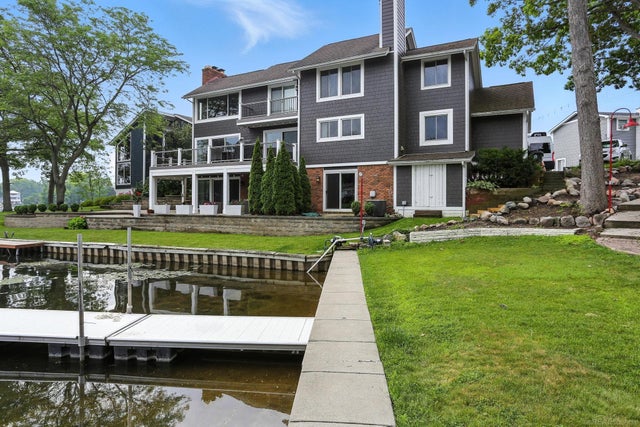

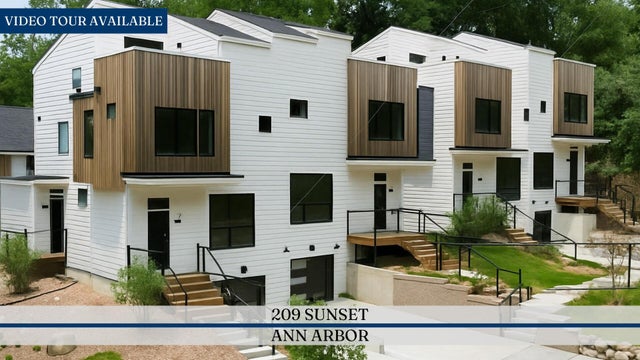
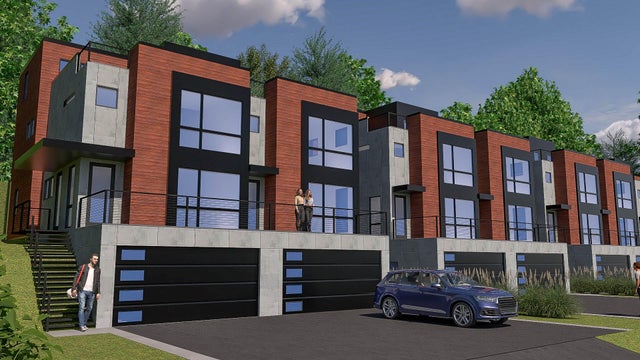
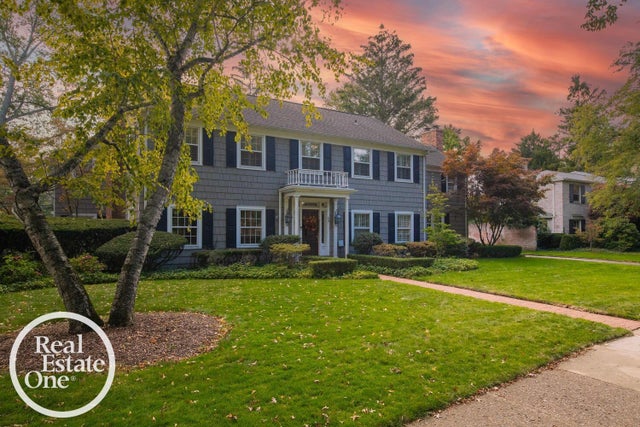

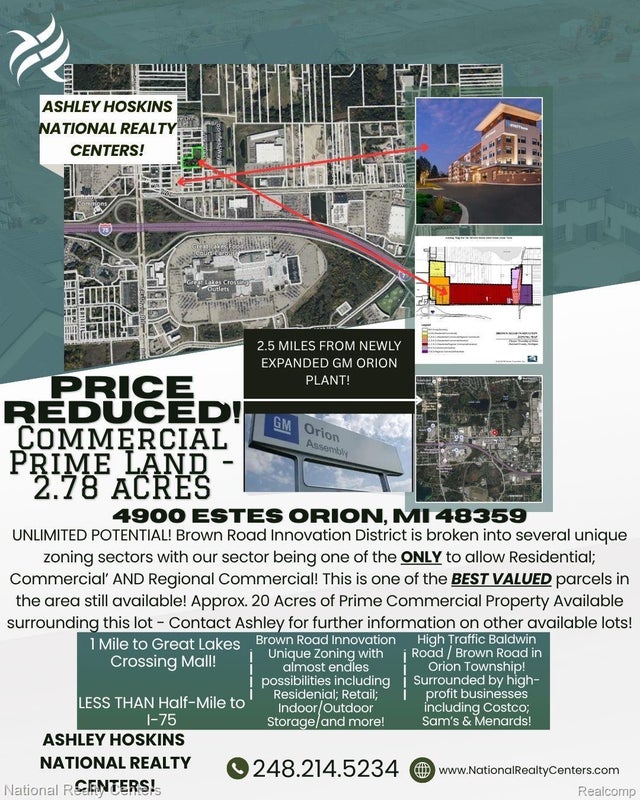
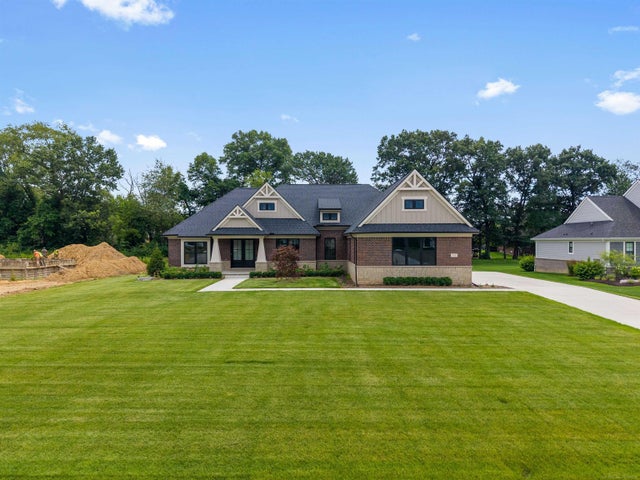
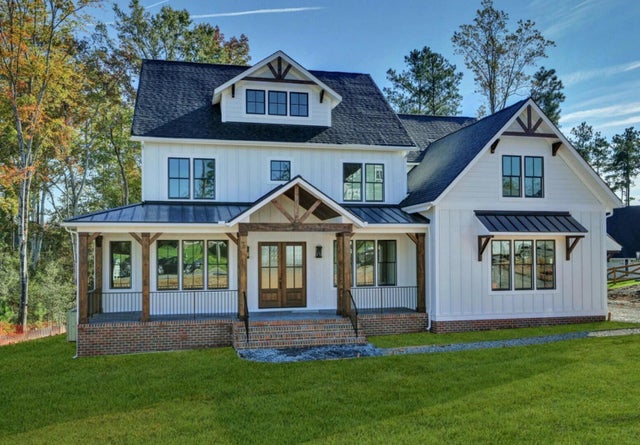
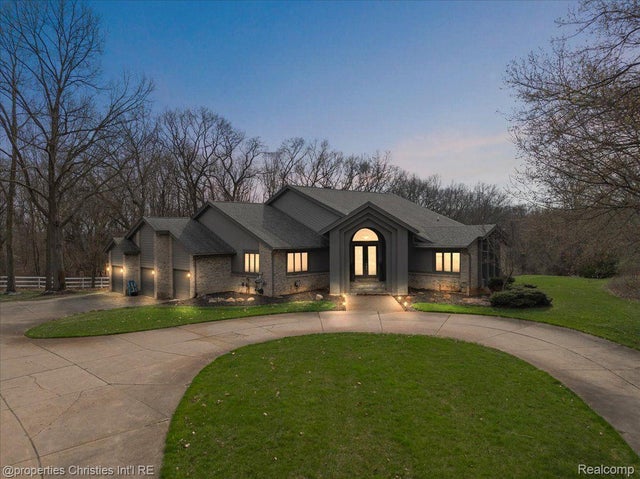
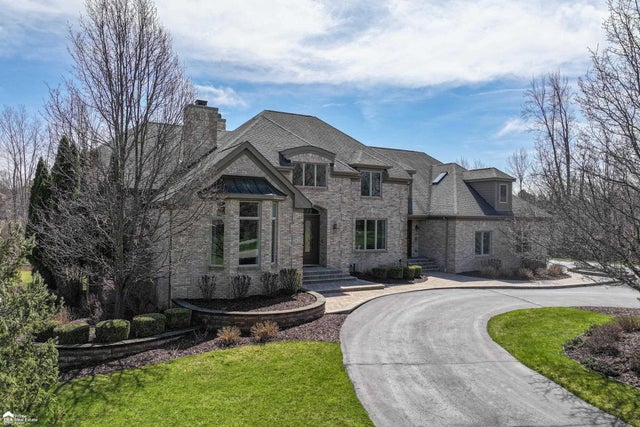
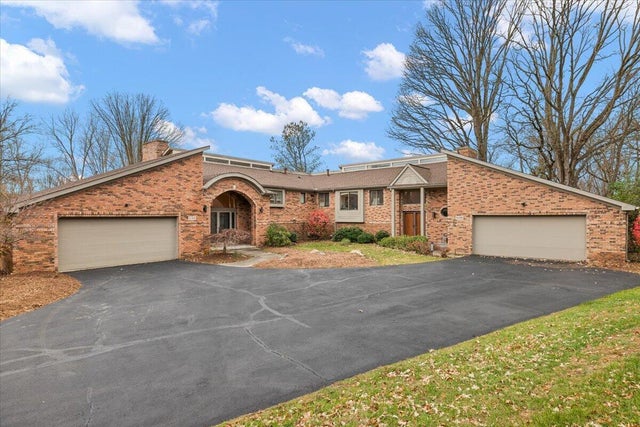
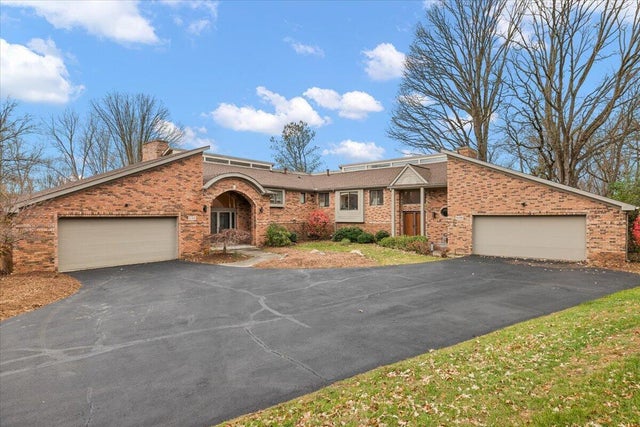
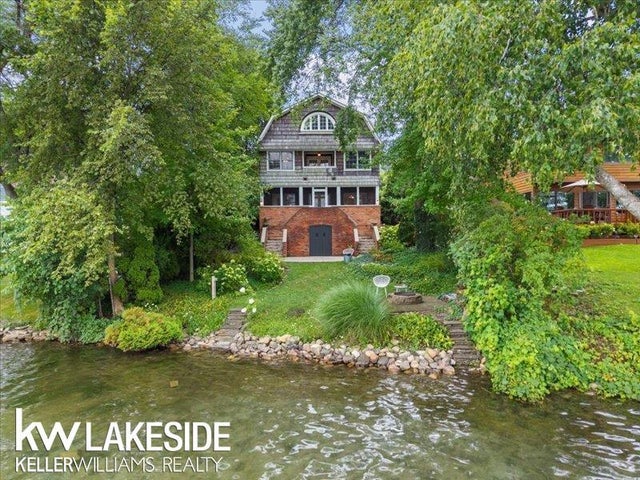
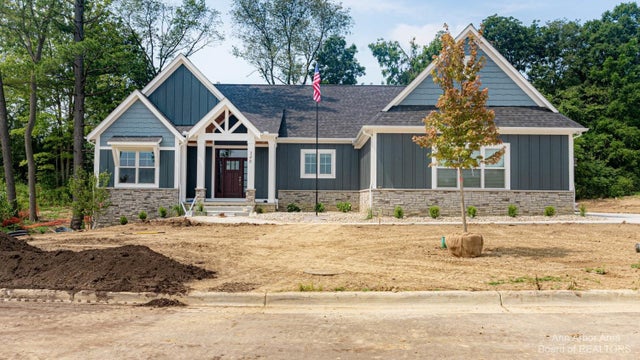
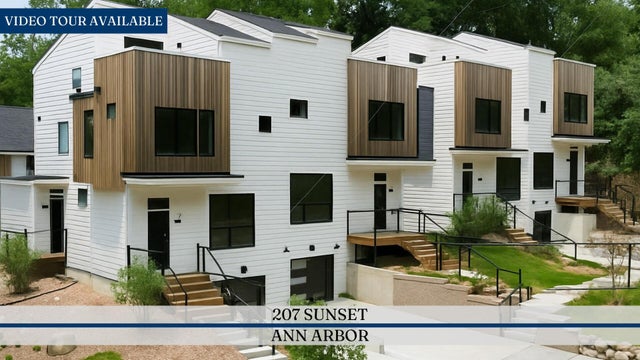
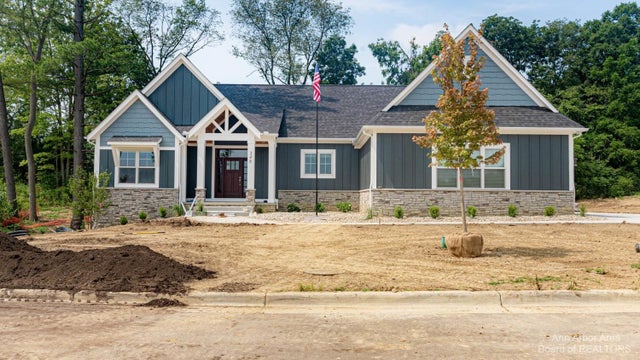
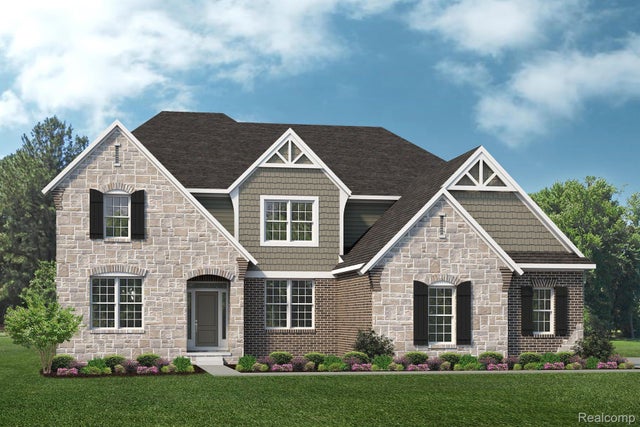
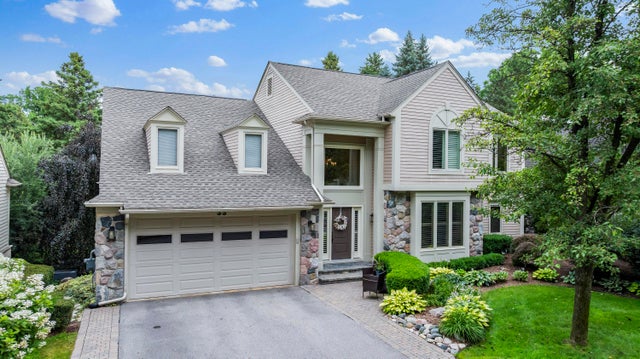
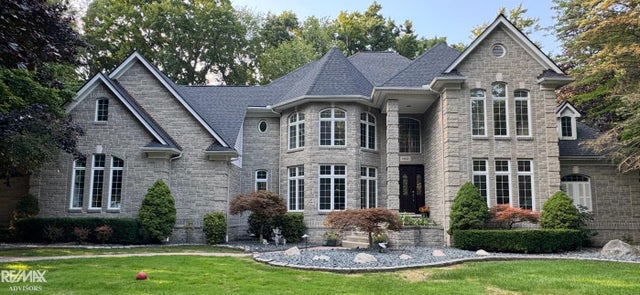
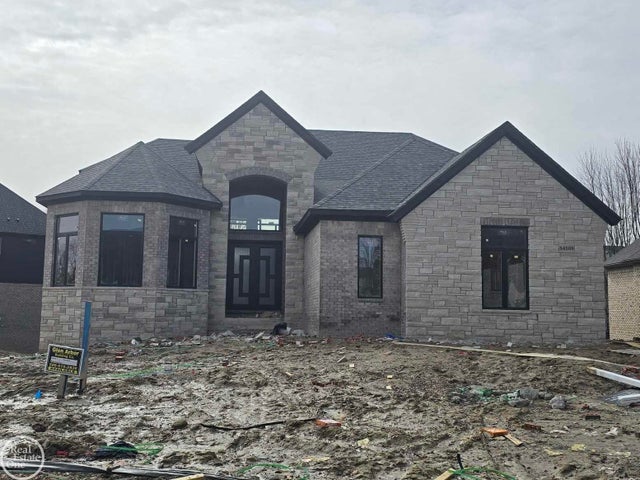
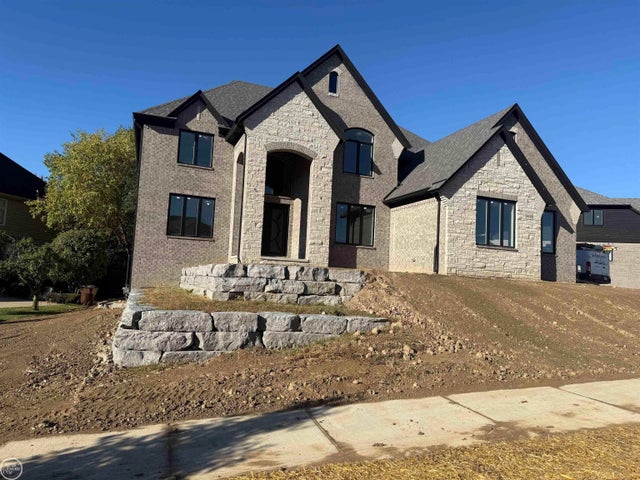
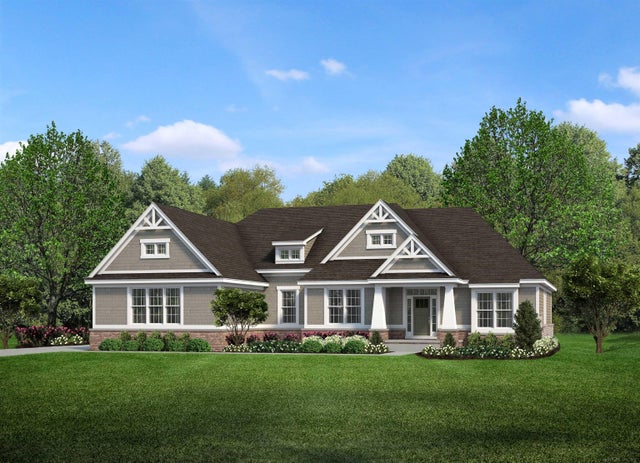
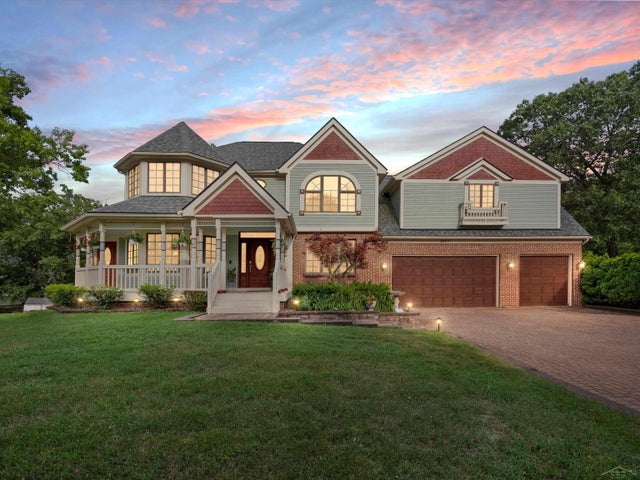
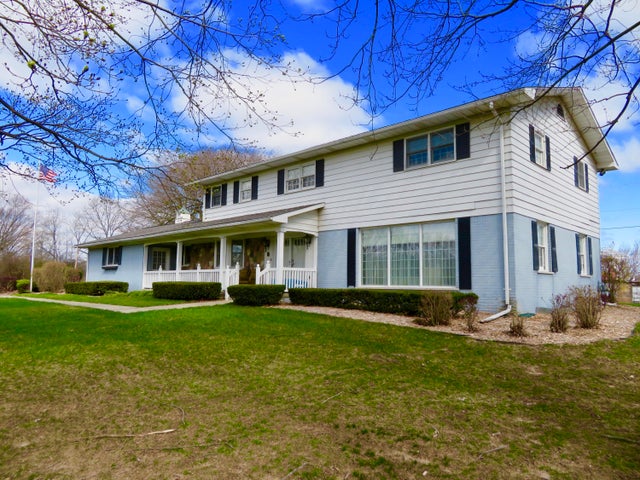
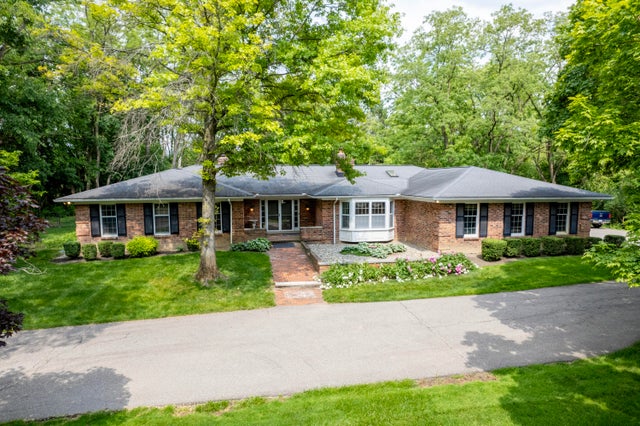
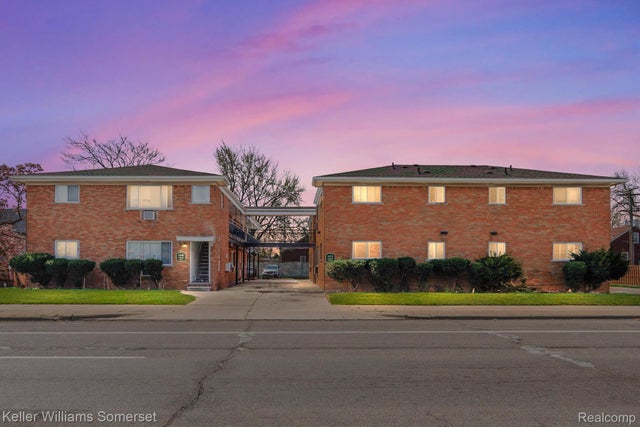
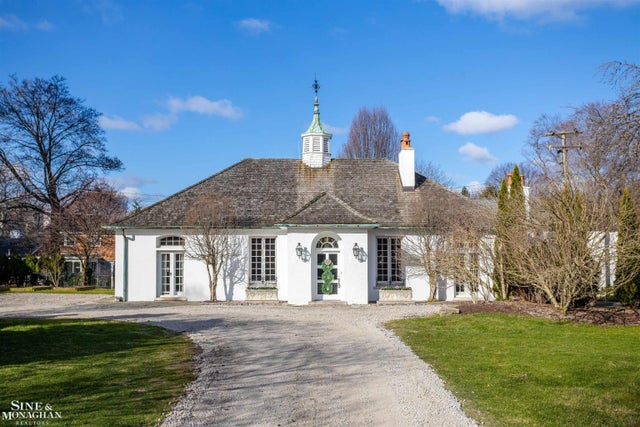
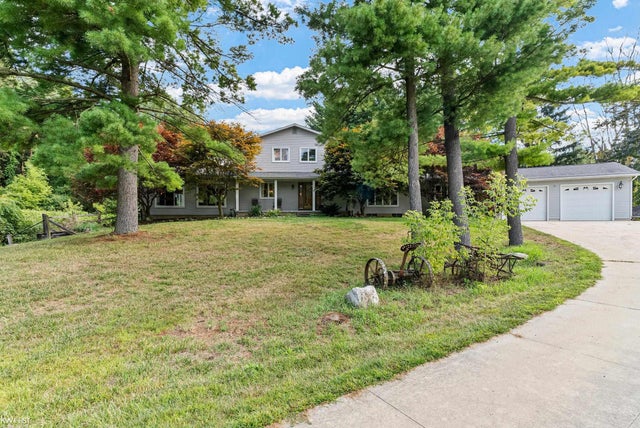
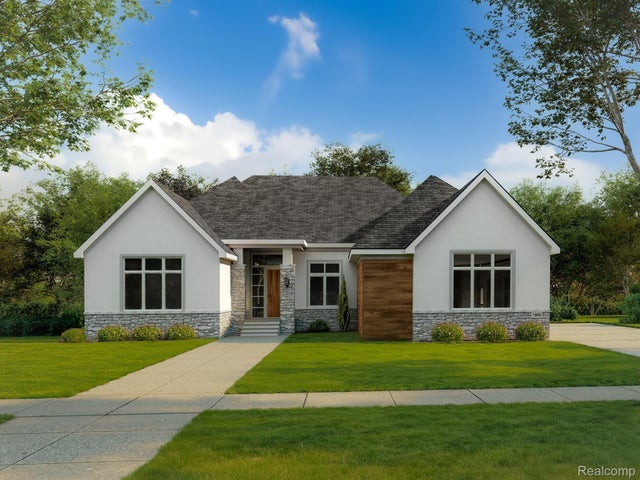
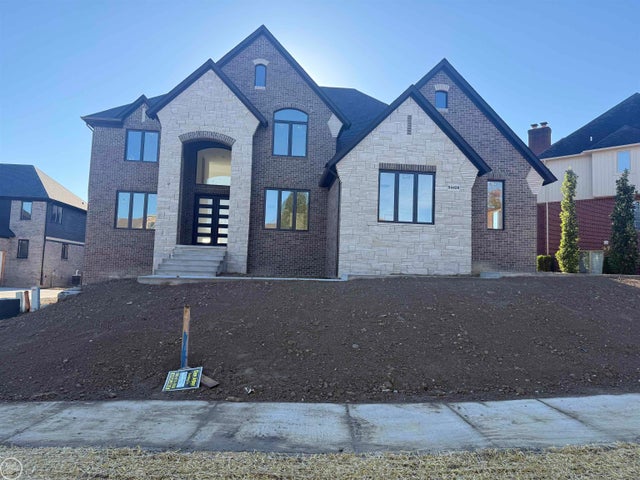
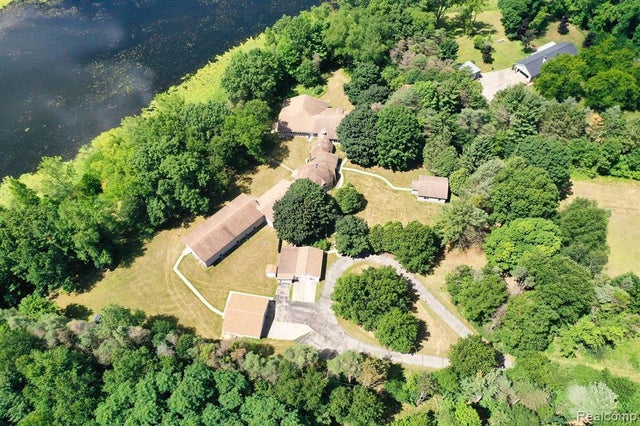
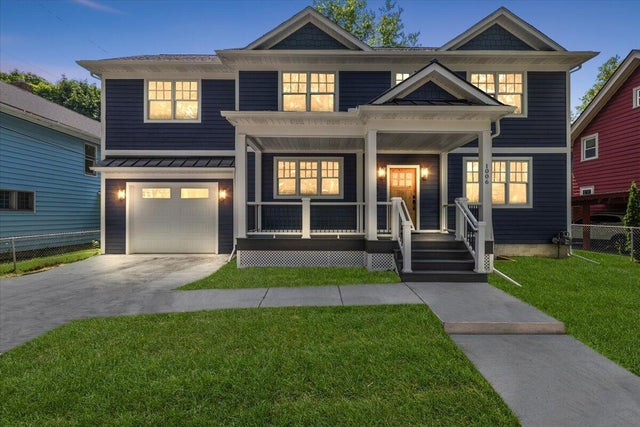
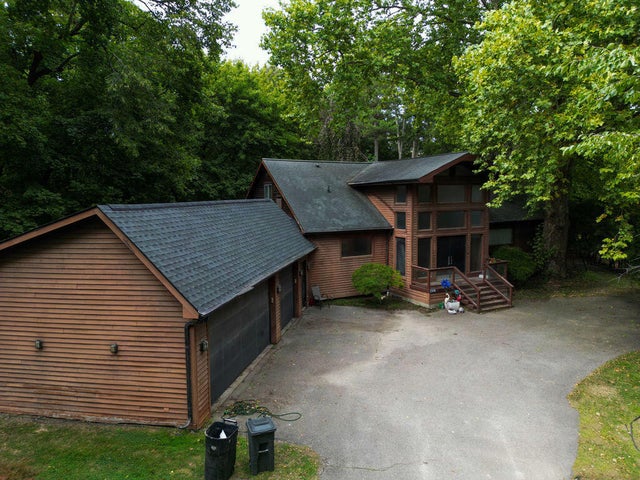
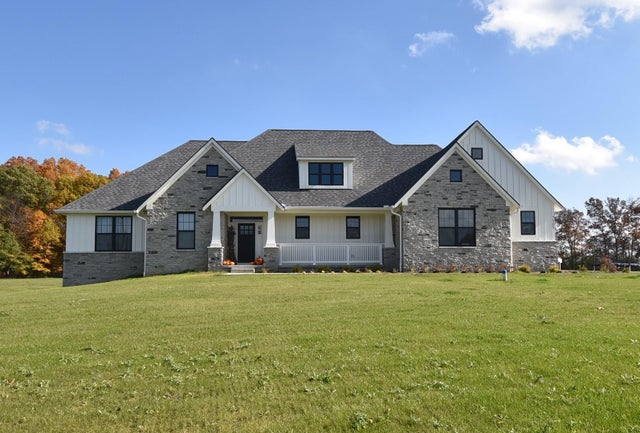
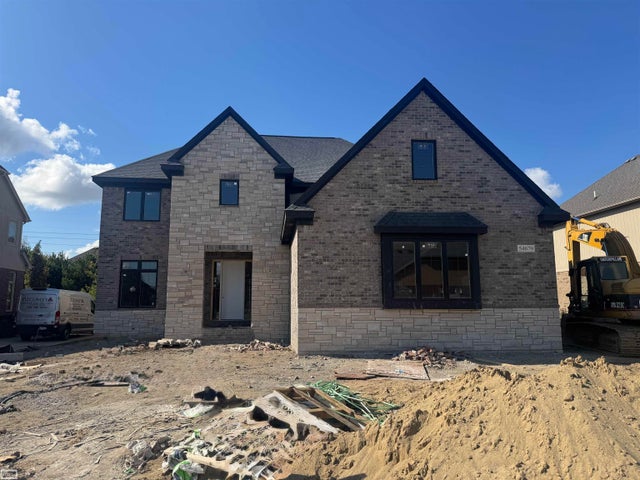
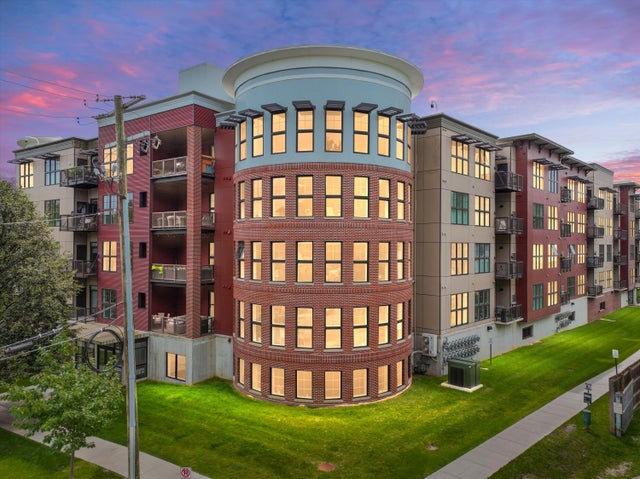
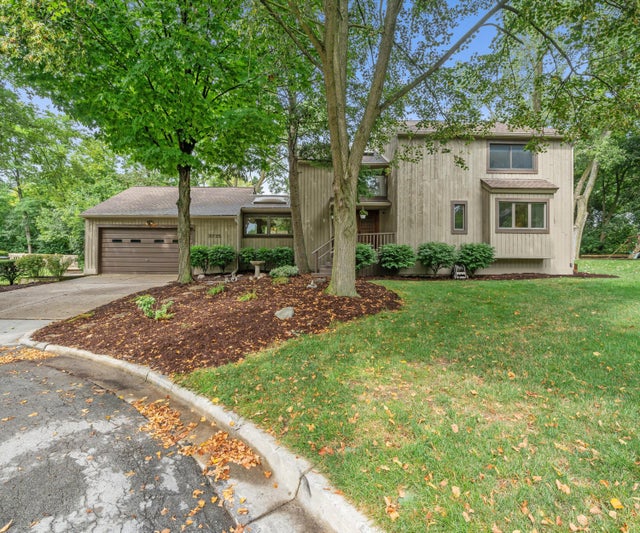
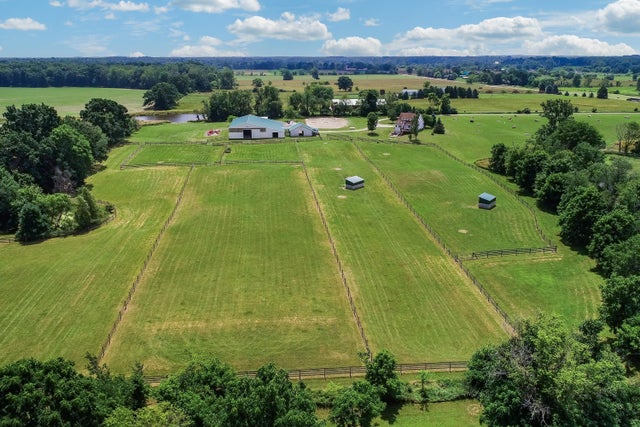
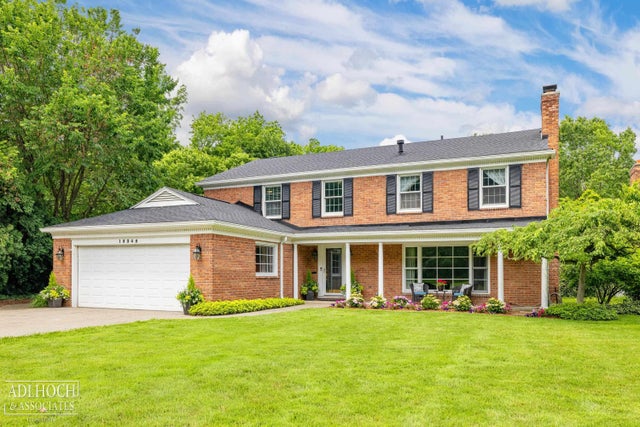
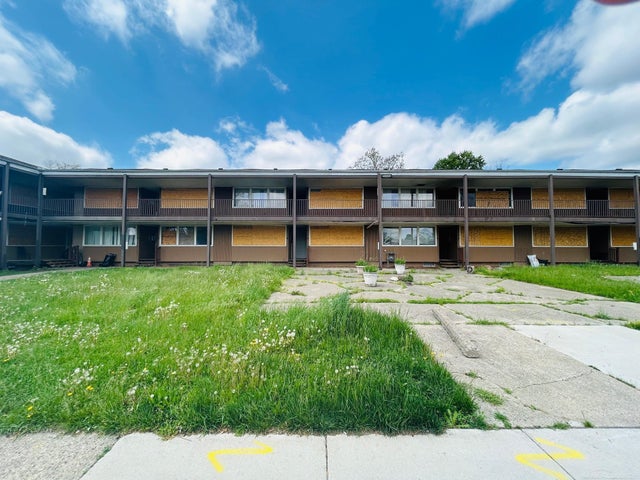
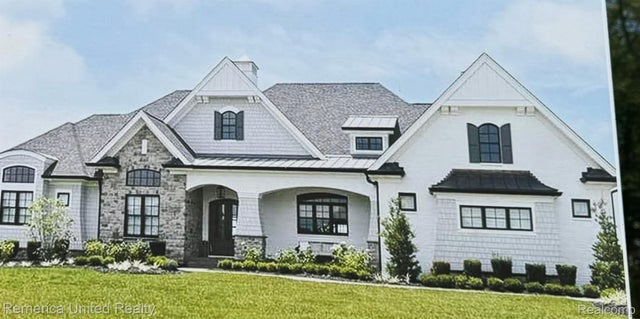
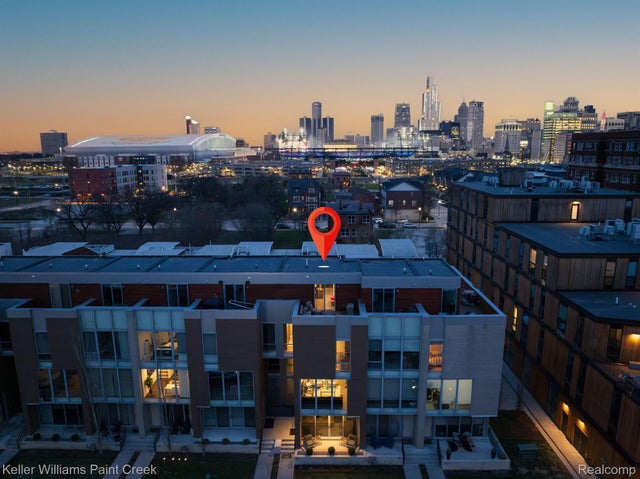
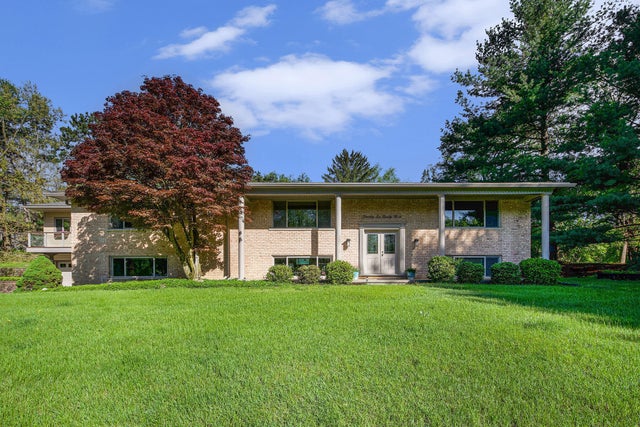
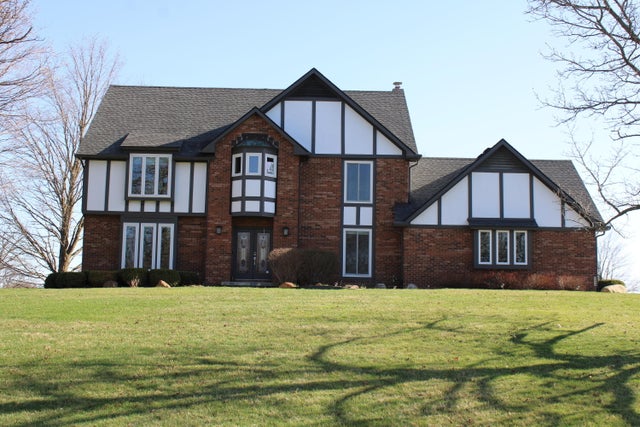
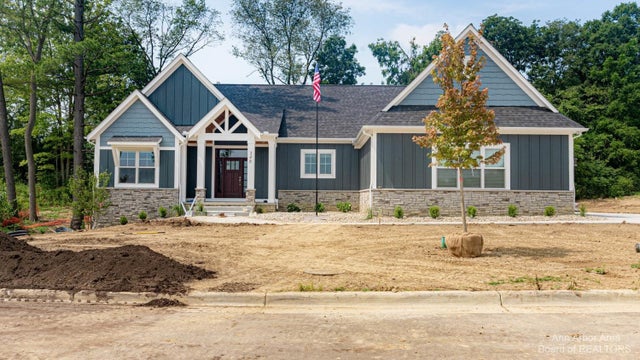

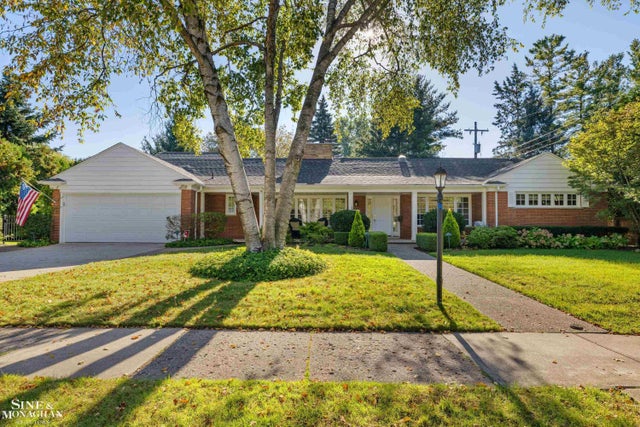
Leave A Comment